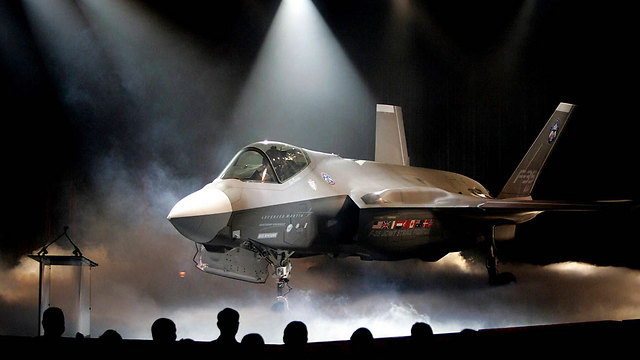
IDF chief Eisenkot is challenging the known order
Analysis: In releasing the IDF's grand strategy, the chief of staff has pushed the political leadership into a corner, while circumventing any weight held by the Locker report.
The title of the document, “The IDF’s Strategy” is in itself a slight, as the political leadership is the authority which dictates national security strategy, not the army. But this is where Eisenkot’s experience in dealing with the political echelon comes to play, and in his own way the chief of staff forced the leadership to accept the strategy he believes in. From here on out, no one can claim that the IDF makes up threats and then builds up unrealistic responses to them. The IDF received a de-facto green light to pursue its strategic vision the moment the document was approved by the prime minister and the defense minister.
Eisenkot released the report to the public on a symbolic occasion, exactly six months after he took the post of chief of staff, although it’s doubtful that the timing of the release was planned. The impetus for releasing the report seems to have been the publication of the Locker Committee's report. The negative reactions to the report within the army ranks seemed to raise the question of possible alternatives. Eisenkot provided the answer with a thoroughly planned strategy dealing with the security threats facing Israel, with special importance being placed on the IDF’s “shock and awe” doctrine for the northern front. The capabilities being developed for this doctrine will serve the IDF on all of its fronts.
There are at least two irritating elements in the document. The first involves the use of the word “victory,” a literary-political term, which leaves no room for doubt. The second is the fact that the document all but ignores the Iranian “existential threat” (except perhaps a statement highlighting the decrease in non-conventional threats facing Israel). This is specifically troublesome due to the fact that the prime minister banned any discussion of Israel coming to terms with the Iranian nuclear deal.
The document both clearly states, and also insinuates that: There is a security strategy, there is an operational concept from which the IDF draws its power structure, as well as its budget, now let us work. There is currently a window of opportunity to conduct a major upgrade to the military in an organized manner, as part of an organized process which will last four years, rather than conducting another patch job.
The military is currently forecasting quiet on the northern front: The Syrian army won't pose a threat for the next 5-10 years, Israel currently has strategic cooperation with Jordan and Egypt, Hamas may heat up the area at any moment but is currently striving for calm. Let’s take advantage of this time to build the army - mainly the land forces – in an organized manner.
This window of opportunity allows the army to take calculated risks, including the shift between old and new generation technologies. For example, we could remove the older F-16 models from service, even before the F-35 enters IAF service.
Even the budget provides a window of opportunity. The deal between Iran and the West allows the IDF to continue preparations for the next military operation, but also allows for the cost of the preparations to be spread out over the span of a few years, allowing for further investment in other areas. On top of that, the American guarantee to compensate Israel for the Iran deal means large sums of money for the IDF. The current defense budget preserves the current state of things, while allowing for a slow and phased upgrade. The addition of new technologies and funds will allow for a major and thorough upgrade, without interfering with the readiness for unexpected conflagrations.
Upgrades are expensive processes. The military doctrine refers to “shock and awe” in Lebanon, including the destruction of thousands of targets a day; requiring vast quantities of smart and accurate ordinances. The use of “dumb ordinance” will cause collateral damage, which will prevent any effective military campaign, unlike smart ordinances, which cost substantially more. The communications infrastructure necessary for these types of surgical bombing campaigns also require constant and expensive investment in upgrades and development.
Additionally, in four years time, the military will conduct some of its operations in conflict zones using “robots”: From drones, to unmanned border patrol vehicles, and unmanned patrol vessels. These robots will spare the cost of human lives, but also require vast sums of money. The more expensive the systems get, the more expensive the training and exercises needed to operate them. A modern army is a very expensive organization to maintain.
The bottom line presented by the document tells the public that there is a four year plan, it's transparent and understood, you can check where we stand every day. Don’t rock the boat every other day. Let us leave the port first.












